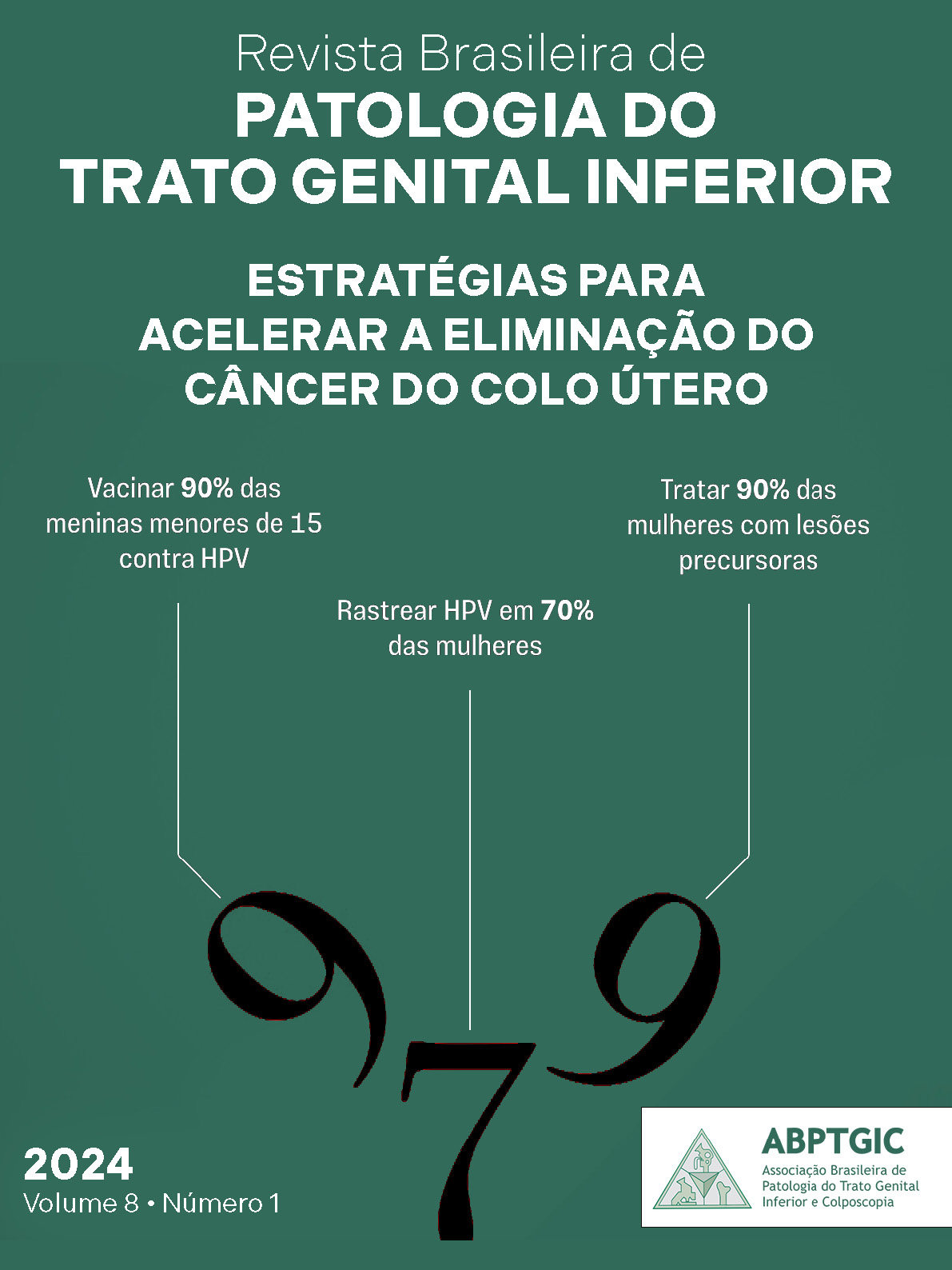HPV vaccination for children and adolescents
DOI:
https://doi.org/10.5327/2237-4574-2024810017Keywords:
human papillomavirus viruses, children, teenager, vaccinesAbstract
Vaccination plays a crucial role in reducing the risk of infectious diseases, including cervical cancer associated with the human papillomavirus (HPV), one of the most common sexually transmitted infections. In Brazil, three licensed vaccines are available to combat HPV. Studies emphasize the importance of initiating vaccination before the onset of sexual activity, providing a stronger and longer-lasting immunity. A single dose of the HPV vaccine can be as effective as two or three doses, leading to World Health Organization (WHO) recommendations for a single-dose regimen up to 20 years of age. The National Immunization Program (PNI) and the Brazilian Society of Immunizations (SBIM) have adopted this recommendation for adolescents aged 9 to 14 in Brazil, with strategies to reach those who are unvaccinated. In summary, early vaccination against HPV offers significant protection against cervical cancer and other virus-associated diseases, with a single dose being a viable option, especially when administered before the onset of sexual activity.
References
Yousefi Z, Aria H, Ghaedrahmati F, Bakhtiari T, Azizi M, Bastan R, et al. An update on human papilloma virus vaccines: history, types, protection, and efficacy. Front Immunol. 2022;12:805695. https://doi.org/10.3389/fimmu.2021.805695
Sung H, Ferlay J, Siegel RL, Laversanne M, Soerjomataram I, Jemal A, Bray F.. Global cancer statistics 2020: GLOBOCAN estimates of incidence and mortality worldwide for 36 cancers in 185 countries. CA Cancer J Clin. 2021;71(3):209-49. https://doi.org/10.3322/caac.21660
Sociedade Brasileira de Imunizações. Calendários de vacinação [Internet]. [acesso em 21 jun 2024]. Disponível em: https://sbim.org.br/calendarios-de-vacinacao
Arbyn M, Xu L, Simoens C, Martin-Hirsch PP. Prophylactic vaccination against human papillomaviruses to prevent cervical cancer and its precursors. Cochrane Database Syst Rev. 2018;5(5):CD009069. https://doi.org/10.1002/14651858.cd009069.pub3
Ellingson MK, Sheikha H, Nyhan K, Oliveira CR, Niccolai LM. Human papillomavirus vaccine effectiveness by age at vaccination: a systematic review. Hum Vaccin Immunother. 2023;19(2):2239085. https://doi.org/10.1080/21645515.2023.2239085
World Health Organization. Human papillomavirus vaccines: WHO position paper, December 2022. Wkly Epidemiol Rec. [Internet] 2022;97(50):645-72. Available from: https://www.who.int/publications/i/item/who-wer9750-645-672
Meites E, Szilagyi PG, Chesson HW, Unger ER, Romero JR, Markowitz LE. Human papillomavirus vaccination for adults: updated recommendations of the advisory committee on immunization practices. MMWR Morb Mortal Wkly Rep. 2019;68(32):698-702. https://doi.org/10.15585/mmwr.mm6832a3
Dobson SRM, McNeil S, Dionne M, Dawar M, Ogilvie G, Krajden M, et al. Immunogenicity of 2 doses of HPV vaccine in younger adolescents vs 3 doses in young women: a randomized clinical trial. JAMA. 2013;309(17):1793-802. https://doi.org/10.1001/jama.2013.1625
Iversen OE, Miranda MJ, Ulied A, Soerdal T, Lazarus E, Chokephaibulkit K, et al. Immunogenicity of the 9-valent HPV vaccine using 2-dose regimens in girls and boys vs a 3-dose regimen in women. JAMA. 2016;316(22):2411-21.

